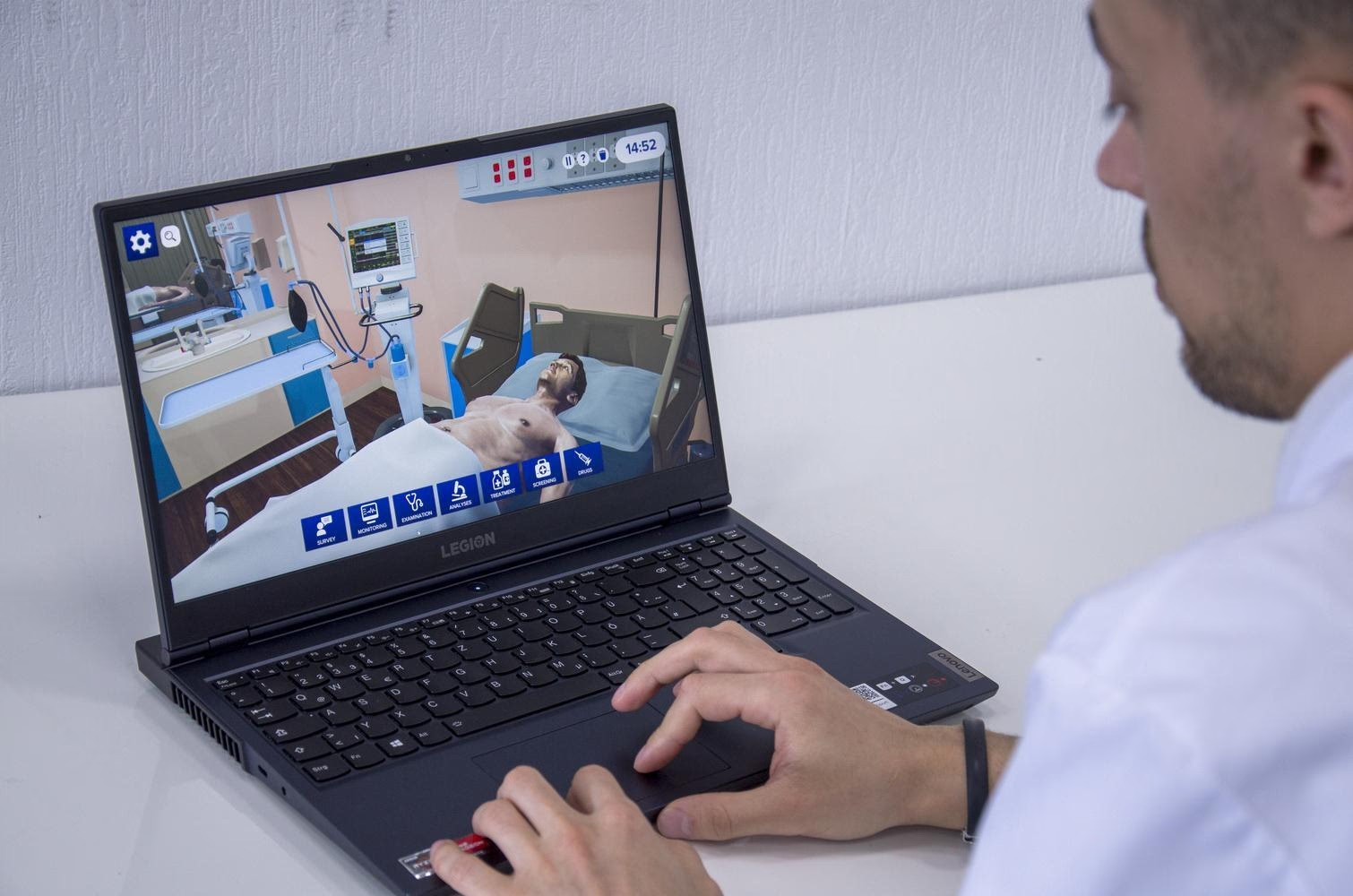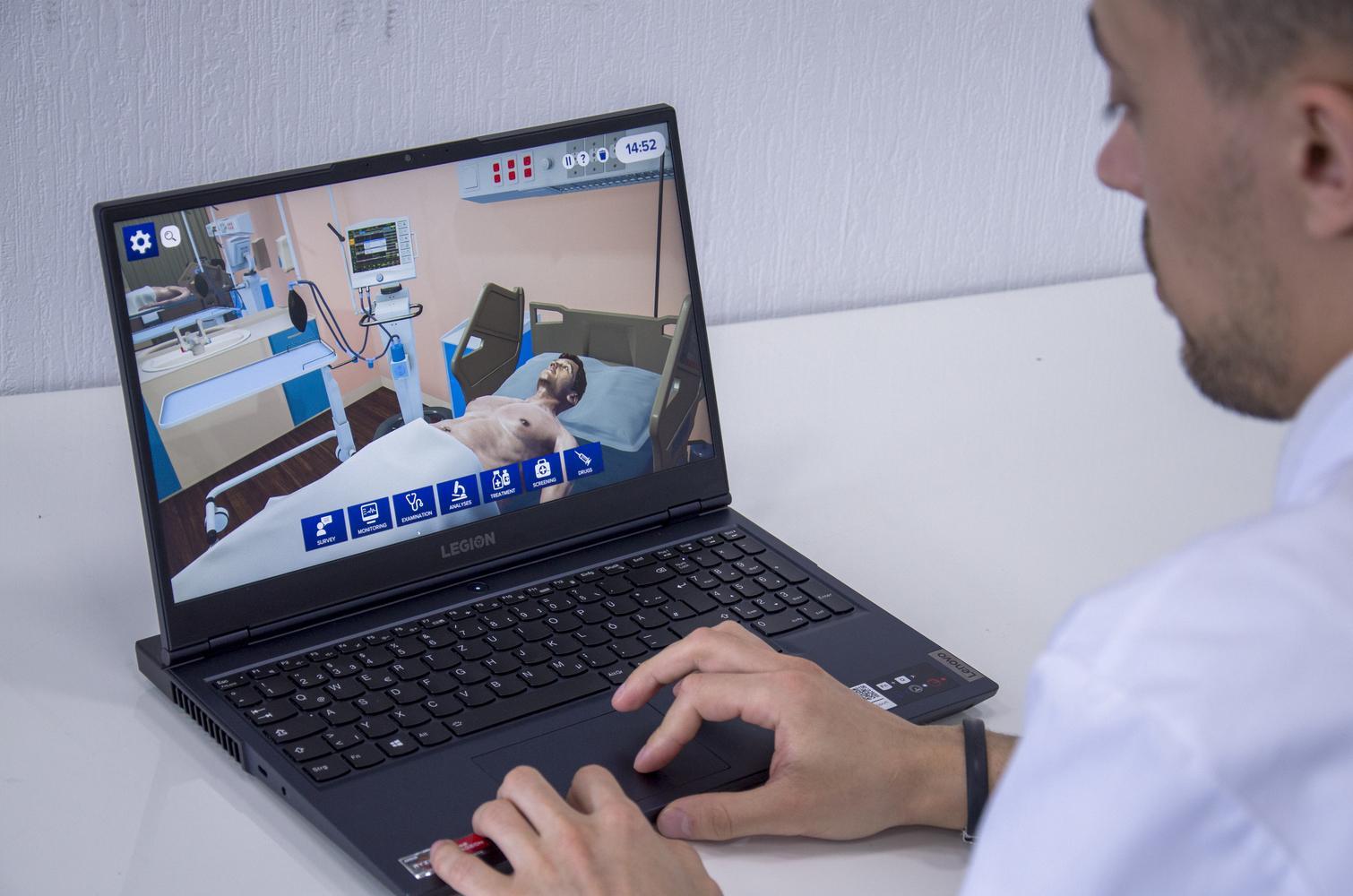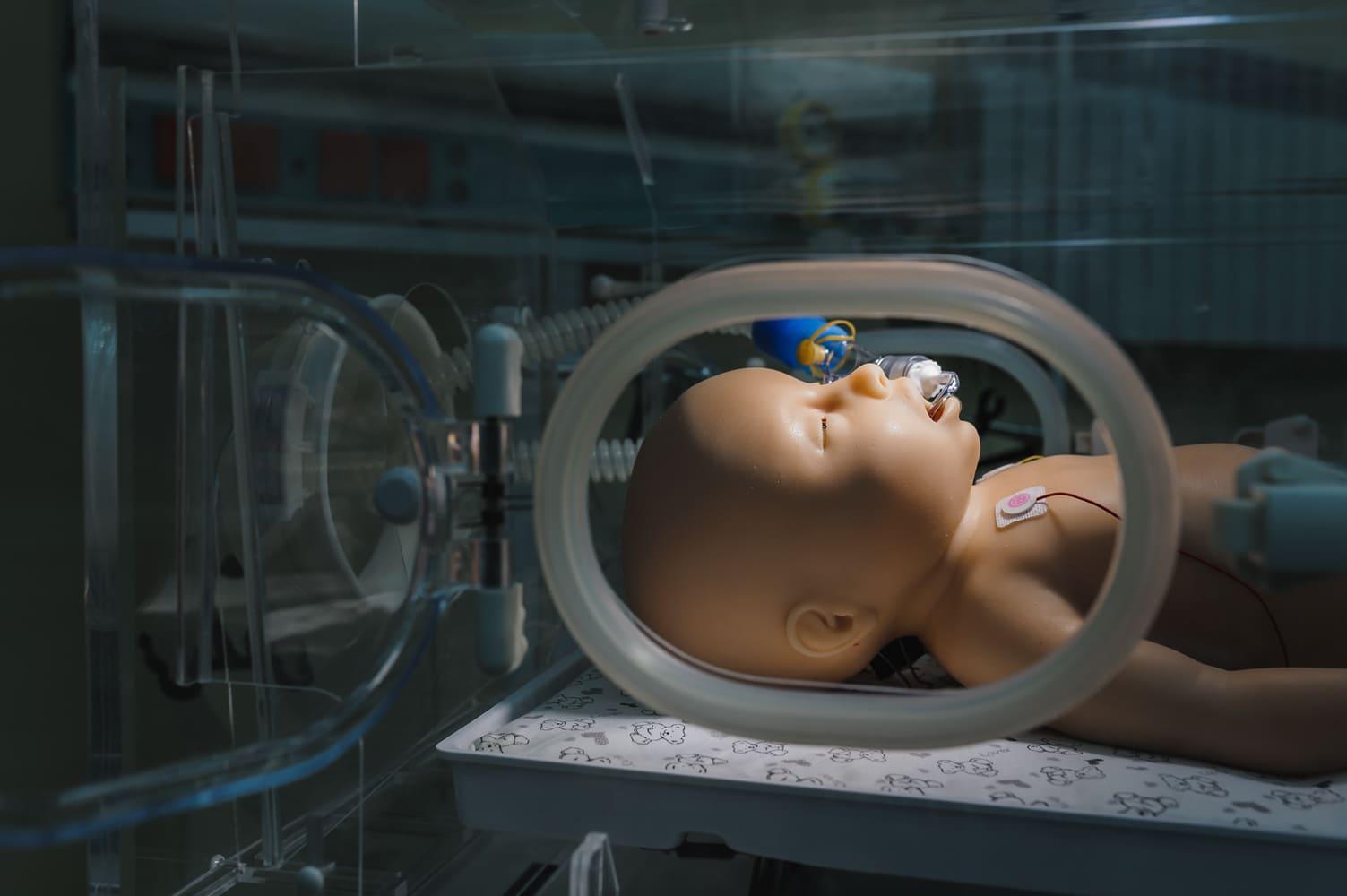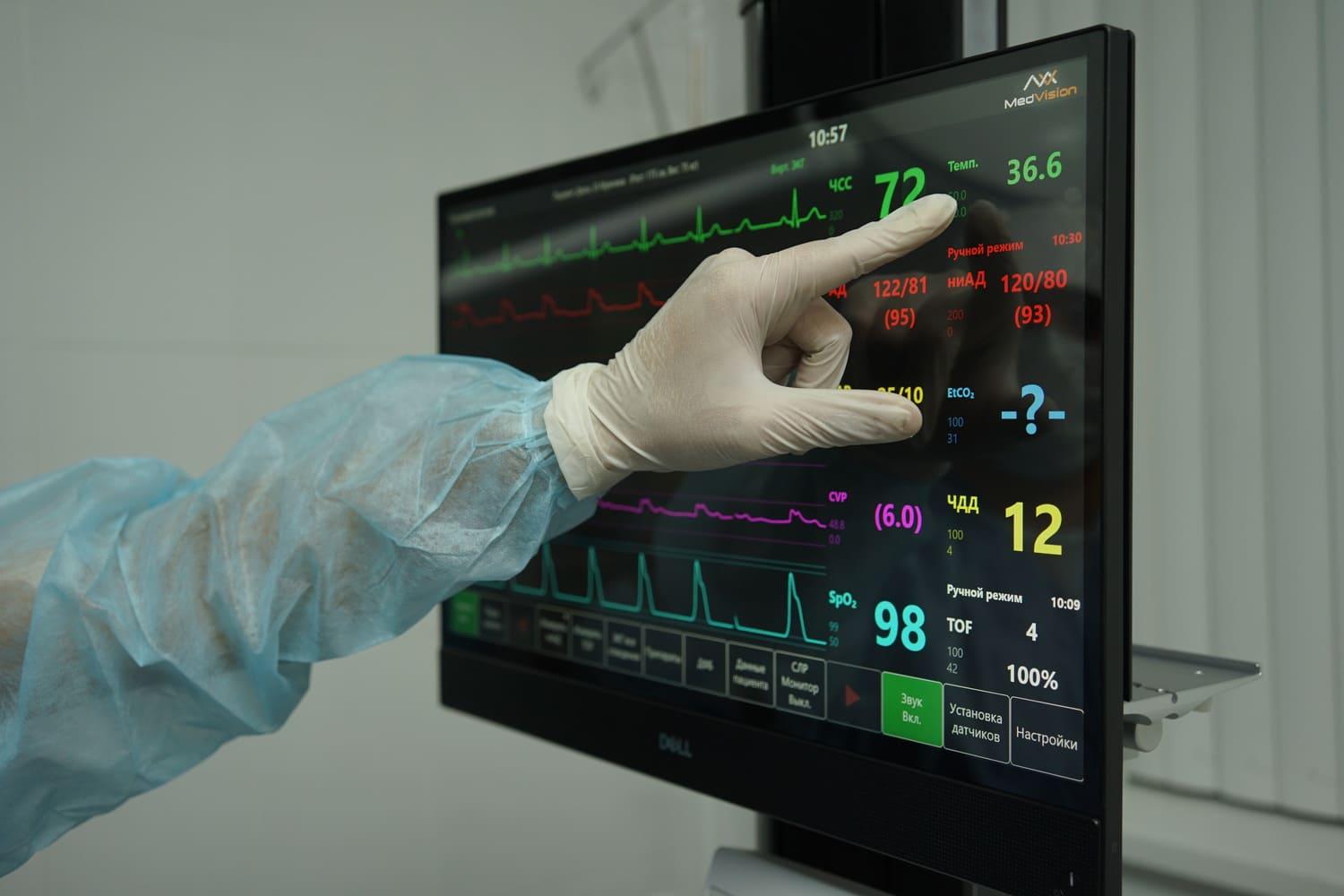
Simulation and Patient Safety: Transforming Healthcare Through Immersive Training
The Critical Link Between Simulation and Patient Safety
Simulation and patient safety are deeply interconnected, with simulation serving as a powerful tool to reduce medical errors and improve clinical outcomes. By replicating real-world scenarios in a controlled environment, healthcare professionals can practice and refine their skills without risking harm to actual patients. According to a 2023 study published in BMJ Quality & Safety, institutions that integrate simulation into their training programs report a 40% reduction in preventable errors.
For example, a surgical team might use simulation to rehearse a complex procedure, identifying potential pitfalls and refining their approach before operating on a real patient. This proactive approach not only enhances individual competence but also strengthens team dynamics, which are critical for ensuring patient safety.
The Evolution of Simulation in Healthcare
The use of simulation in healthcare dates back to the 18th century, when wax models were used to teach anatomy. Over time, the field has evolved to include high-fidelity manikins, virtual reality (VR), and standardized patients (SPs). Today, simulation is a cornerstone of medical education and a key driver of patient safety initiatives.
Key milestones in the evolution of simulation and patient safety include:
- 1960s: Introduction of CPR manikins for resuscitation training.
- 1990s: Development of high-fidelity manikins capable of simulating physiological responses.
- 2010s: Integration of VR and augmented reality (AR) for immersive surgical training.
- 2020s: Adoption of AI-driven simulation platforms for personalized learning and real-time feedback.

How Simulation Enhances Patient Safety
1. Reducing Medical Errors
Medical errors are a leading cause of harm in healthcare, contributing to over 250,000 deaths annually in the U.S. alone. Simulation allows clinicians to practice high-risk procedures—such as intubation or central line insertion—in a safe environment, reducing the likelihood of errors in real-world settings. For instance, a study in The Joint Commission Journal on Quality and Patient Safety found that simulation-based training reduced central line-associated bloodstream infections by 50%.
2. Improving Team Communication
Effective communication is essential for patient safety, yet breakdowns in teamwork are a common cause of adverse events. Simulation scenarios often involve multidisciplinary teams, such as nurses, physicians, and pharmacists working together to manage a crisis. These exercises foster collaboration and ensure that all team members are aligned in their approach to patient care.
3. Building Competence and Confidence
Simulation provides learners with the opportunity to practice rare or complex scenarios, such as managing a patient with septic shock or performing an emergency cesarean section. By repeatedly practicing these skills, healthcare professionals build both competence and confidence, which translates to better outcomes for patients.
4. Crisis Resource Management (CRM)
CRM training, often conducted through simulation, teaches clinicians how to manage high-stress situations effectively. This includes prioritizing tasks, allocating resources, and maintaining situational awareness—skills that are critical for ensuring patient safety during emergencies.
5. Cultural Competence Training
Simulation is increasingly used to teach cultural competence, ensuring that healthcare providers can deliver care that respects the diverse backgrounds of their patients. For example, SPs might portray patients from different ethnic or socioeconomic groups, helping trainees navigate cultural nuances in communication and treatment.
Types of Simulation Used in Patient Safety
Type of Simulation
Description
Impact on Patient Safety
High-Fidelity Manikins
Lifelike models that simulate physiological responses (e.g., breathing, pulse).
Reduces procedural errors and improves technical skills.
Virtual Reality (VR)
Immersive digital environments for surgical or diagnostic training.
Enhances spatial awareness and decision-making in complex procedures.
Standardized Patients (SPs)
Actors trained to portray patients with specific conditions.
Improves communication, empathy, and diagnostic accuracy.
Task Trainers
Devices designed for specific skills (e.g., IV insertion, suturing).
Builds muscle memory and reduces errors in routine procedures.
Case Studies: Simulation Driving Patient Safety
Case Study 1: Reducing Surgical Errors
A large teaching hospital implemented simulation-based training for its surgical residents, focusing on laparoscopic procedures. Over two years, the hospital saw a 30% reduction in surgical complications and a 25% decrease in operating room delays.
Case Study 2: Enhancing Emergency Response
An emergency department used simulation to train staff in managing mass casualty incidents. During a real-world event, the team successfully triaged and treated 50 patients in under two hours, with no fatalities.
Case Study 3: Improving Neonatal Outcomes
A neonatal intensive care unit (NICU) introduced simulation training for resuscitation scenarios. Within six months, the unit reported a 40% improvement in survival rates for preterm infants.
Case Study 4: Reducing Medication Errors
A hospital system implemented simulation training for pharmacists and nurses to practice medication reconciliation. Over one year, medication errors dropped by 35%, significantly improving patient safety.

Innovations in Simulation for Patient Safety
1. AI-Driven Feedback
AI-powered platforms like SimuMetrics analyze simulation sessions in real time, providing personalized feedback on performance. For example, the system might flag a trainee’s delayed response to a patient’s deteriorating condition, prompting immediate corrective action.
2. Tele-Simulation
Remote simulation programs enable healthcare providers in underserved areas to access high-quality training. For instance, a rural clinic might use tele-simulation to practice managing a patient with acute myocardial infarction, guided by an expert facilitator via video conferencing.
3. Haptic Technology
Haptic feedback devices, such as TouchSurgery, provide tactile sensations during simulation, enhancing the realism of procedures like suturing or catheter insertion. This technology helps clinicians refine their motor skills, reducing the risk of errors in real-world settings.
4. Gamification
Gamified simulation platforms, such as Level Ex, turn training into interactive challenges. For example, a trainee might “level up” by successfully diagnosing and treating a virtual patient with pneumonia. This approach increases engagement and retention of critical skills.
5. Mobile Simulation Units
Portable simulation labs bring training directly to healthcare facilities, eliminating the need for staff to travel. These units are equipped with high-fidelity manikins, VR headsets, and other tools to deliver on-site training.
Addressing Challenges in Simulation-Based Training
1. Cost and Resource Constraints
While simulation is highly effective, it can be expensive to implement. Solutions include:
- Partnering with organizations like the Agency for Healthcare Research and Quality (AHRQ) to secure funding.
- Using low-cost alternatives, such as task trainers or mobile simulation apps.
2. Standardization of Scenarios
Ensuring consistency across simulation programs is essential for reliable outcomes. Tools like SimScenario Pro help standardize case designs, while accreditation bodies like the Society for Simulation in Healthcare (SSH) provide guidelines for best practices.
3. Integration into Curricula
To maximize the impact of simulation, it must be seamlessly integrated into training curricula. This requires collaboration between educators, clinicians, and administrators to align simulation activities with learning objectives and clinical workflows.
4. Measuring Long-Term Impact
While simulation has demonstrated short-term benefits, measuring its long-term impact on patient safety remains a challenge. Institutions are increasingly using data analytics to track outcomes over time, ensuring that simulation training translates into sustained improvements in care.
The Future of Simulation and Patient Safety
1. Wearable Technology
Wearables, such as smart glasses or biosensors, are being integrated into simulation to provide real-time feedback on physiological responses. For example, a trainee wearing a smart glove might receive haptic cues to adjust their grip during a delicate procedure.
2. Predictive Analytics
AI algorithms are being used to predict patient outcomes based on simulation data. This allows educators to identify high-risk scenarios and tailor training to address specific vulnerabilities.
3. Global Collaboration
International simulation networks, such as Global Sim Alliance, are fostering collaboration between institutions to share best practices and resources. This global approach ensures that patient safety benefits from diverse perspectives and innovations.
4. Personalized Learning Pathways
AI-driven platforms are creating customized training programs based on individual strengths and weaknesses. For example, a nurse struggling with IV insertions might receive targeted simulation scenarios to improve their technique.

Conclusion: Simulation as a Pillar of Patient Safety
Simulation and patient safety are inseparable in modern healthcare. By providing a safe space for practice, reflection, and improvement, simulation empowers clinicians to deliver the highest standard of care. From reducing errors to fostering teamwork, the benefits of simulation are undeniable. MedVisionSim is committed to advancing patient safety through innovative simulation solutions that prepare healthcare teams for the challenges of today and tomorrow.
Explore our simulation programs and discover how we can help you achieve your patient safety goals.
FAQs: Simulation and Patient Safety
How does simulation reduce medical errors?
By allowing clinicians to practice high-risk procedures and scenarios in a safe environment, simulation helps identify and address potential errors before they occur in real-world settings.
Can simulation improve teamwork in healthcare?
Yes. Multidisciplinary simulation scenarios foster communication, collaboration, and shared decision-making, which are critical for patient safety.
Is simulation only for medical students?
No. Simulation is used across all levels of healthcare, from students to experienced clinicians, to enhance skills and ensure patient safety.
What role does technology play in simulation?
Technologies like VR, AI, and haptics enhance the realism and effectiveness of simulation, providing immersive and personalized training experiences.
How can small clinics afford simulation training?
Low-cost options, such as mobile apps and task trainers, make simulation accessible to smaller facilities. Grants and partnerships can also help offset costs.
Schedule online demo
Immerse yourself in a demo to see how MedVision transforms traditional learning into an engaging, interactive experience





